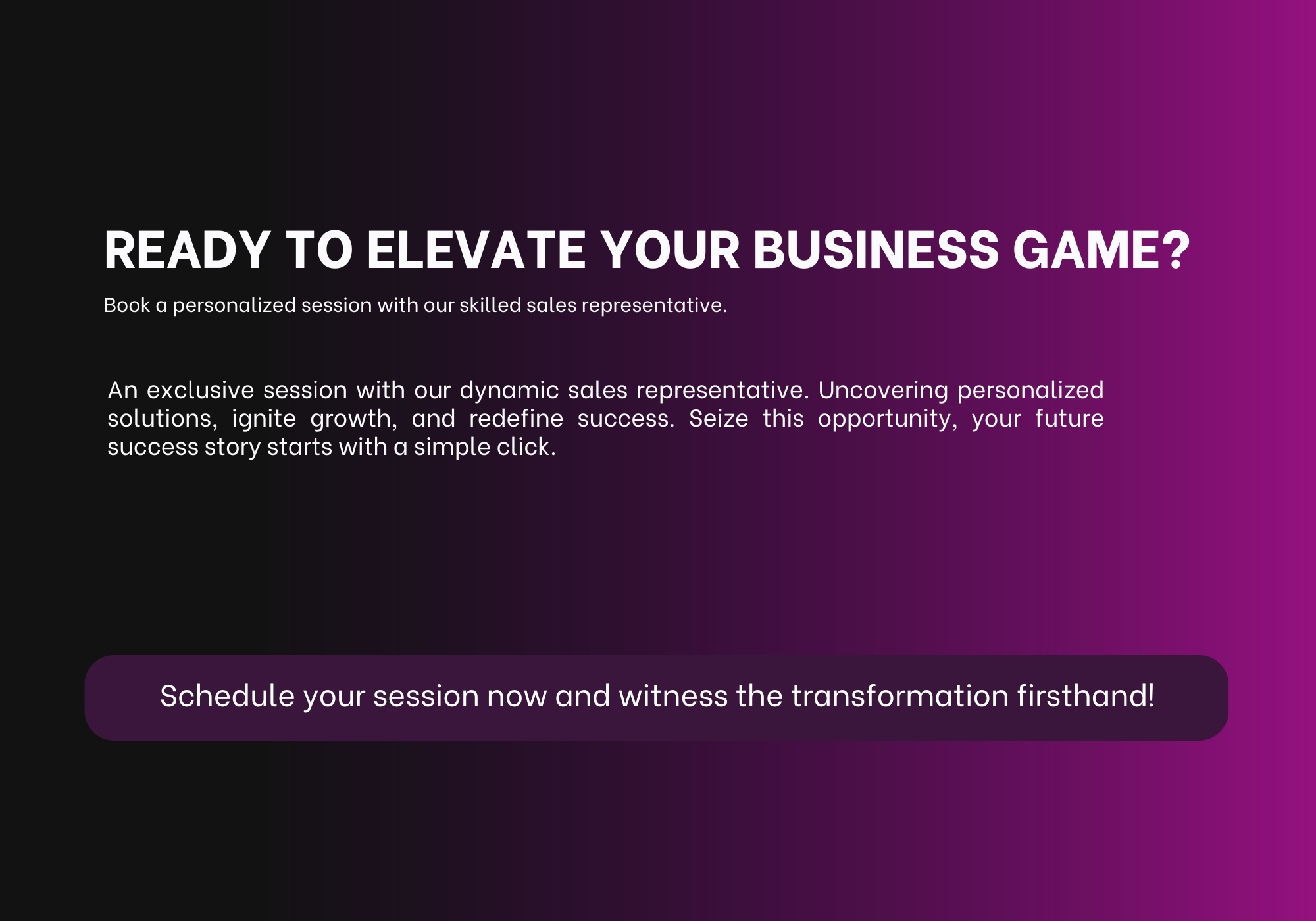Producing content requires time, intellectual capital, and creativity. What if you could extend the reach and impact of your content but didn’t have to start from scratch each time? Enter content repurposing, The approach of taking one piece of content and adapting it across multiple platforms to have a more significant impact, reach a wider audience, and gain ROI.
We will show you how to develop your content on the different platforms smartly here.
What Is Content Repurposing?
Content repurposing is the act of taking an existing piece of content and changing it to other formats or transforming it to fit different mediums. Content repurposing is more than copy and paste. Skilful repurposing will change the tone, style, and even format to make sure that all versions fit organically in the new space, and in doing so will make sure that your message serves the target audience on that platform.
Why Repurpose Content?
Repurposing content is a smart way to get the most out of your work. By adapting existing content for different platforms, you can reach a wider audience and save time creating new material from scratch. It also helps boost your SEO and establish your authority by sharing your message in various formats. Plus, repurposing support your key points, making them more memorable, and allows you to keep your content fresh and relevant over time. Overall, it’s an efficient way to maximise impact without extra effort.
Why Should You Repurpose Content?
There are a number of reasons to repurpose content. First and foremost, it saves you time and money. You aren’t remaking every new post from scratch. It also allows you to reach an even larger audience because consumers use content in different ways. Some want to read, others want to watch a video and/or some just want visual content. Repurposing content is also good for SEO. Formats allow you to be found in more ways online. Finally, repurposing support your message. Repetition will build familiarity, trust and brand recognition when done consciously.
How to Repurpose Content Across Platforms
Begin with a large piece of content
Start with a large piece of content which contains a lot of information. This could be a long-form blog post, podcast episode, webinar, YouTube video, or research report. Consider this as your main piece of content, your foundation, from where you will be able to pull several smaller pieces of content that are specific to the platform.
Transform Blog Articles Into Social Media Content
If you’ve got a long blog post (for example, a 1,500-word blog post offering “10 Tips for Remote Work Productivity”), you can use each tip for different assets! Each tip can be turned into a instagram carousel slide, an linkedin Instagram quote graphic, extra graphics for a Twitter/X thread or even a short TikTok or Instagram Reel with some quick, on-screen tips. Don’t forget to include a call to action like “Read the full blog here” to get the audience back to your original content!
Create Clips and Reels from Webinars or Videos
A 45-minute webinar or YouTube video has a great deal of potential when it comes to short-form content. You can and should break that 45-minute presentation into many pieces of consumable short-form content. You can create YouTube Shorts or Instagram Reels sharing key takeaways, as well as short clips with captions that you post on LinkedIn; indeed, you could even create a blog post that summarises the presentation into text! Tools like Descript, CapCut, or VEED.io make it simple to trim and caption videos for sharing on social media.
Use Data to Make Infographics
If you have completed an internal survey and/or have published a research report, then you can create some great visual content using that data. You can create infographics for Pinterest or LinkedIn and repurpose the information to use as social posts with your statistics (“Did you know 73% of people…”). You can also create slide presentations using your findings to include in SlideShare, or you can gather all your findings into a newsletter format to share with your email subscribers.
Build an Email Series from Evergreen Content
Your evergreen content (e.g., blog series, instructional guide) can be used to set up automated emails. Convert the evergreen content into a 5-day email course, or use evergreen to create a marketing campaign that nurtures new subscribers. Each email can preview a topic or insight, link to your website, and provide ongoing value in the long run.


